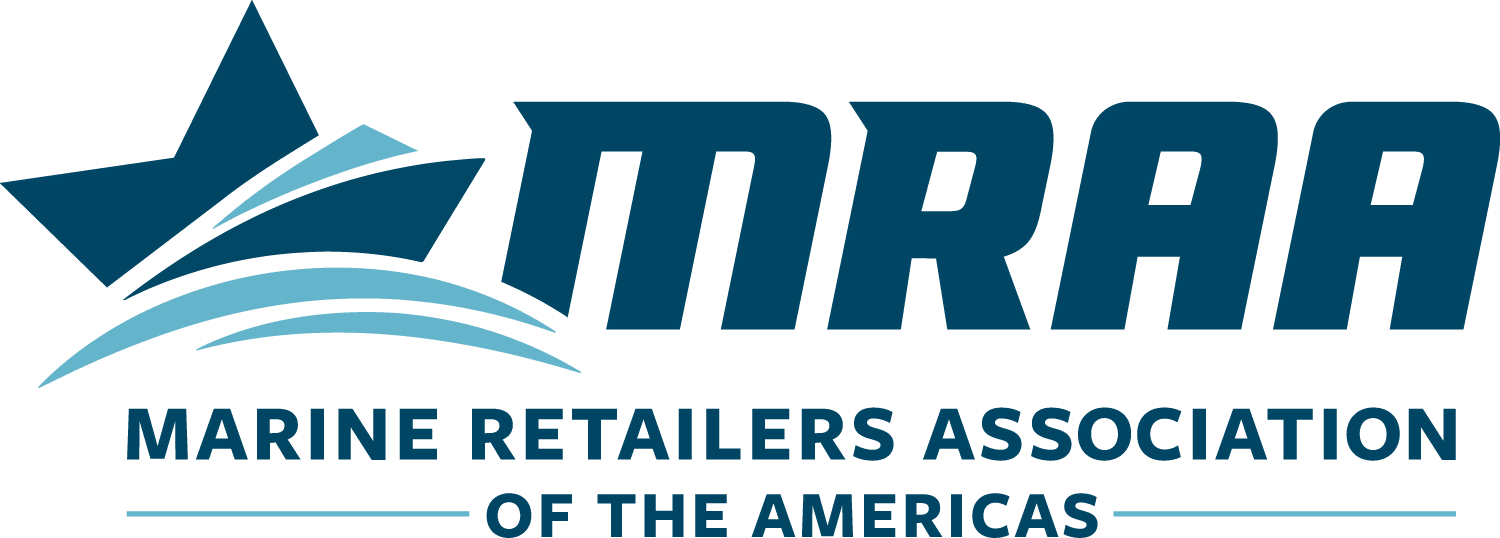Offering protection for stern drive, inboard, outboard, diesel and personal watercraft such as Jet Skis, Protective Asset Protection serves thousands of marine, automotive, power sports and RV dealerships throughout the United States. The company was recently recognized with a 2016 Dealers’ Choice Award by Auto Trader Today, and hosts a full menu of interactive training.
With more than 30 years of providing customized F&I solutions for marine retailers, Protective Asset Protection has paid out more than $2 billion in claims and has 3.3 million active customer contracts. Currently carrying a dynamic portfolio of marine protection plans, guranteed asset protection and tire and wheel protection, Protective Asset Protection is focused on helping marine dealers’ customers enjoy greater peace of mind.
Protective Asset Protection joins a continually growing roster of boat manufacturers, vendors and suppliers that have chosen to support the dealer community through partnership with the MRAA. Find a full menu of partner benefits here.
